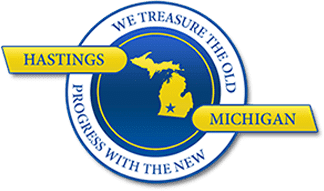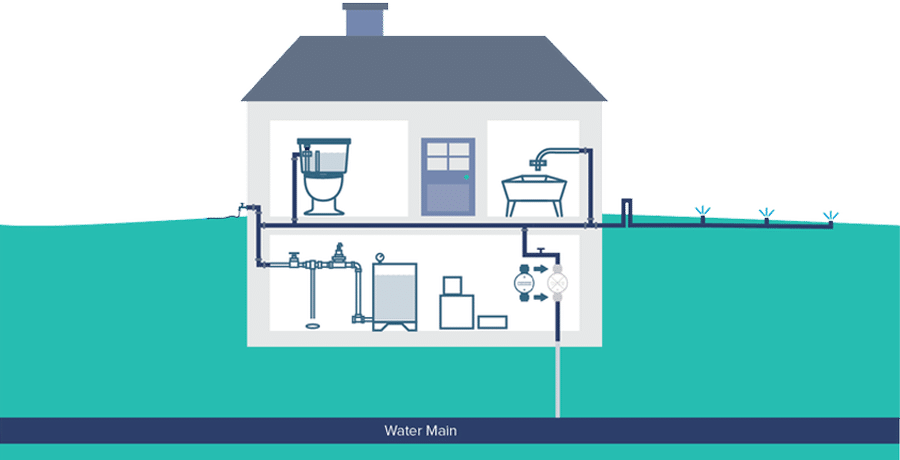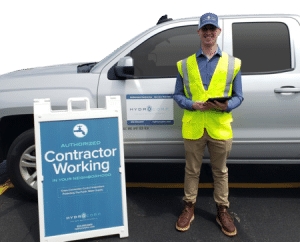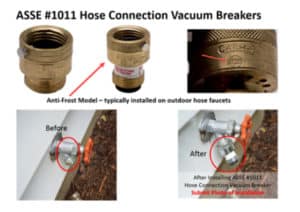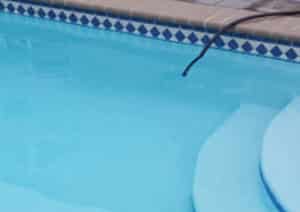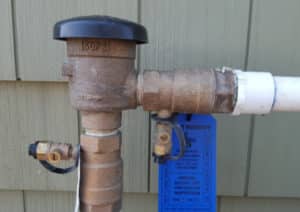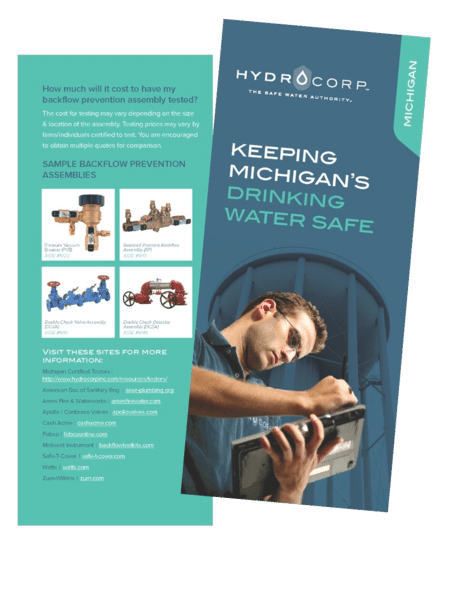An Important Community-Wide Safety Project
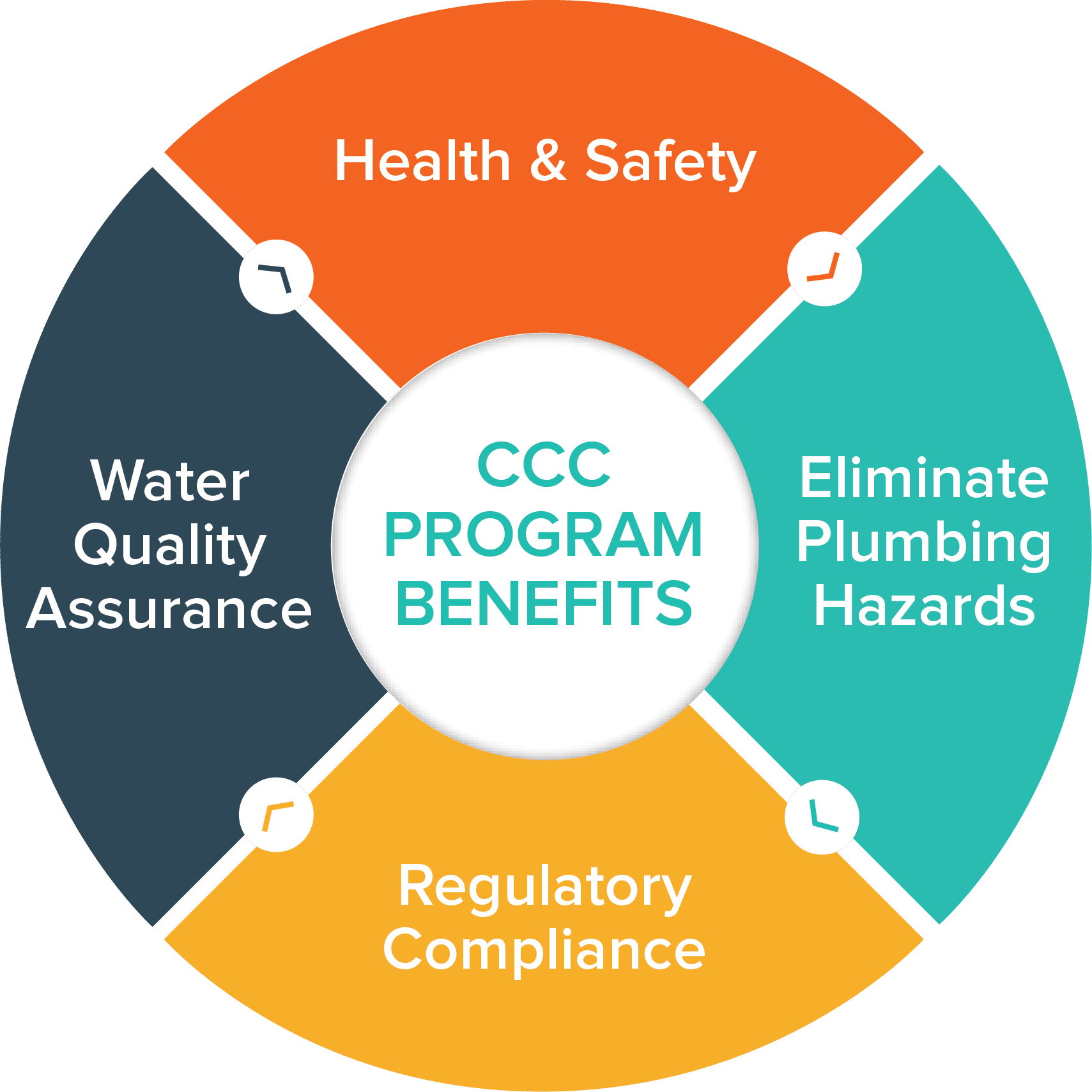
Michigan Department of Environment, Great Lakes and Energy (EGLE) are now requiring Public Water Systems to implement a similar Cross-Connection Control Program addressing Residential Water Service Connections.
This web page serves to assist Hastings Water Customers with their participation in this important safety program. The city has selected HydroCorp to assist with Coordination, Site Visits, and Data/Compliance Management.
